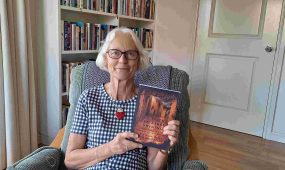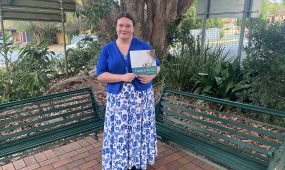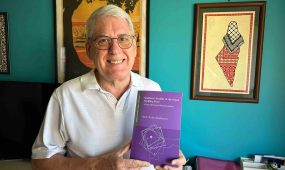The Destiny and Passion of Philip Nigel Warrington Strong
Books & Guides
“Holland gives a clear sense of Strong as an older-world traditionalist in the fast-flowing stream of a modernity, a stream that he did not simply endorse,” says The Rev’d Canon Dr Ivan Head in his review of Bishop Jonathan Holland’s latest biographical work
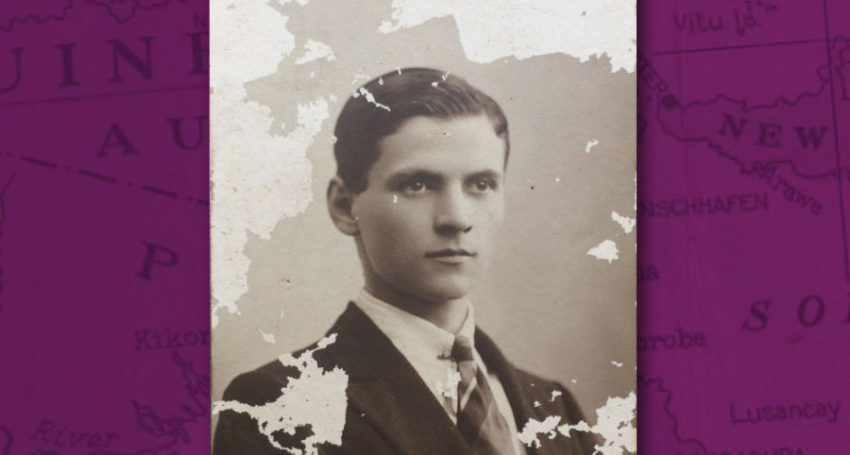
This wonderful book explores the life of this major Christian figure in twentieth century Papua New Guinean, Queensland, wider Australian and British life. The book is valuable in several fields: biography, spirituality, history, history of mission, parish life, and the Hugh Mackay-like studies of change and continuity in Australian life.
The book is in three parts, each well-researched with helpful footnotes. Part One (1899-1936) covers Strong’s life in England from birth to consecration as Bishop for British New Guinea, as it was then named. Strong was ordained a priest in 1923 after war service in France. He was made Bishop in 1936.
Advertisement
Part Two covers his twenty-six years as a missionary Bishop in Papua and includes the traumas of WWII and the Japanese conflict, and also of the catastrophic eruption of Mt Lamington in 1951.
The last third of the book covers Strong’s eight years as Archbishop of Brisbane, a position age obligated him to retire from in 1970. He was Primate of the Church of England in Australia and Tasmania from 1966, following Archbishop Gough’s resignation.
Strong lived and breathed the Church and the faith to the exclusion of all other interests. He remained unmarried. He lived and worked through a time when gender matters in ministry had a clear binary resolution and where marriage for life or unmarried celibacy were the norms, and where the remarriage of divorced persons was not permitted in the Church of England.
Strong is shown in some ways to be an autocrat in the Anglo-Catholic domain of the Church of England. The book explores that tension between consultation and autocracy. The theme is as old as St Benedict and his Rule and St Philip Neri and his Oratory, where strong and charismatic leadership is expressed within community, and where many minds have good opinions that should be heard and may be better than those held by the head of community. Holland explores this theme astutely and helpfully, and is a model for leadership that does not default to ‘I am the Bishop; I give the orders and the orders.’ Holland handles this theme well across Strong’s ministry in the Brisbane era. Importantly, however, Strong defended the prerogatives of the Bishop versus diffusion to ‘rule by committee’.
Advertisement
Bishop Holland outlines with clarity the issues that marked Strong’s seven years in Brisbane and as Primate of the Church of England in Australia, or the Anglican Church of Australia as it would become. Holland gives the sense of a national church that has always had divisions and conflicts. Holland gives a clear sense of Strong as an older-world traditionalist in the fast-flowing stream of a modernity, a stream that he did not simply endorse.
His time in Brisbane marked great changes in the mores of Australian and global life. This is aptly illustrated in the passage on page 407, where the new-fangled world of television means that The Forsyte Saga goes head to head with Sunday Evensong and rates more highly for too many. It gives a sense of ‘where the Diocese really was in the nineteen-sixties’ and this is important in any understanding of where we are now.
The book should be read by parish study groups and by graduate entry theological students. It could be paired with Strong’s Diaries, particularly the WWII Diaries. It could refresh many an Anzac Day or Remembrance Day address. It should attract a wider Australian readership.
The book spans the time when Papua and the Mandated Territories (under German control until the close of WWI) were effectively part of Australia and the British Empire. It covers the WWII years and the decades before the Whitlam Government and the transfer of powers to an independent PNG in 1975. It covers the increasing role of the Commonwealth of Australia in PNG following that War, and the War’s brutal locoi across the islands.

The Right Rev’d Philip Strong, army chaplain, Bishop of New Guinea and later Archbishop of Brisbane
The following are some of the book’s themes that align and overlap chronologically with the long history of the Australian and then Anglican Board of Mission and its work in PNG – the ABM being the background matrix to so much of Strong’s work:
- The Church of England as a then dominant social form of Australian life. Religion was not a private matter but the civil, and civic matrix.
- The death of Anglican missionaries in PNG at the hands of the Japanese military in WWII, their reception as Martyrs, and the serious and personal conflict over whether Strong erred by permitting or encouraging missionaries to stay in the conflict zones.
- The deadly eruption of Mt Lamington and its profound significance.
- Strong’s decision to make George Ambo a Bishop and the momentum towards a nascent and fully independent PNG Church.
- The Australian Board of Missions (Anglican Board of Mission since 1995). There is a wider story to be told about the ABM’s role in PNG from beginnings in1885 through to its current, effective role today in partnership with the Anglican Church of PNG. Holland’s book shows very clearly that the energetic and faithful trajectory set by Philip Strong is a key part of that fruitful story.
- The book raises the question of Christianity within the matrix of the then dominant British Empire, and broader imperial modes of thinking and behaviours. Immense changes to these assumptions run from 1885 through WWI, WWII and into the present and have major implications for the Church of England and associated global ‘expressions’ or embodiments – even for the Diocese of Brisbane today.
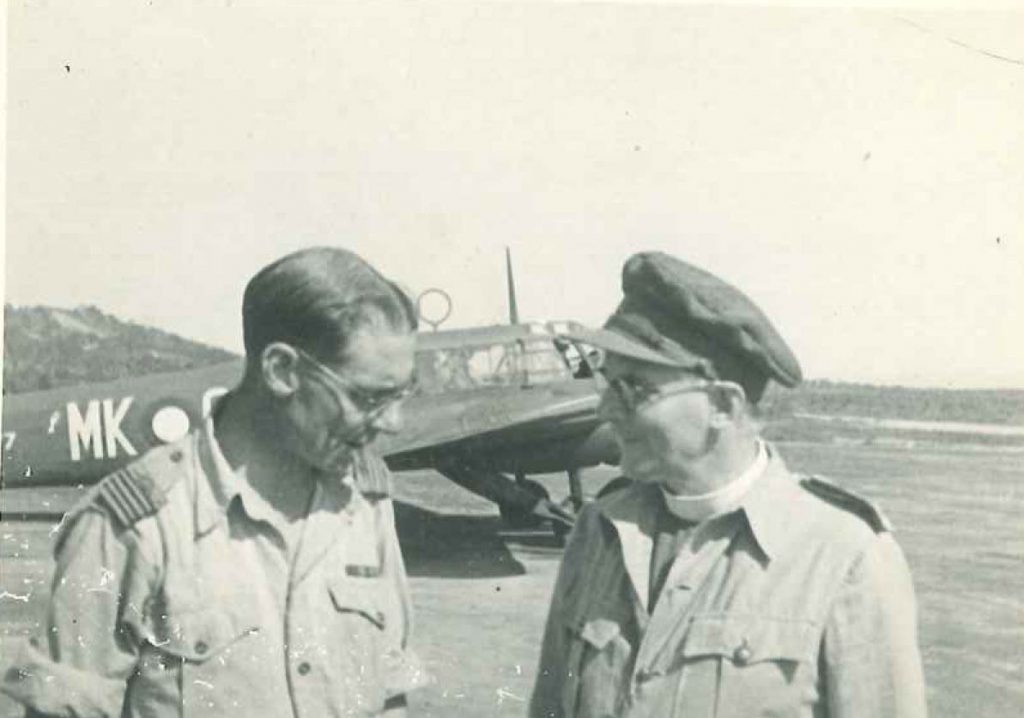
The Right Rev’d Philip Strong, army chaplain, Bishop of New Guinea and later Archbishop of Brisbane
Holland’s book is now the major resource for any study of Strong’s life and his ministries. It has an important place in the wider study of mission in New Guinea from 1891 (Copland King and Albert McLaren) through to the present. Much work remains to be on the realities of encounter between the British and Australian carriers of the Gospel, and the peoples then immersed in the primeval domains of a land with its own gods, spirits, demons and powers – and indeed of new ways of engaging in the mission that is Christ’s.
Related Story
 News
News
The importance of Philip Strong’s story
The book raises important questions about the Anglican Church of Australia today; its cohesion, its vigour, its capacity to renew and refresh itself from the primary realities, and to announce and embody a gospel as compelling as the one Strong lived by. I was struck by a sense of how the Diocese in Strong’s era was enmeshed and distributed throughout Queensland life, part of the total weave of the fabric of life.
Perhaps it is the references to broad-scale confirmations and baptisms and the sense of a church that was growing with and in the society in which it was embedded. Perhaps Strong was formed in and retained a sense of the enmeshment of the Church of England in an imperial domain, the British Empire, which tide had in fact turned definitively in 1948 – when Strong was rebuilding in PNG following the trials of World War II.
Perhaps it was the working certainties within the complete package of an Anglo-Catholic tradition or cosmion – a world of Word and Sacrament that spoke with clarity amidst a world that was changing in the early phases of a new globalisation to come.
I commend the book very highly. It will pay dividends for through and reflection and if treated as a distant mirror in which we see our own times more clearly.
Jonathan Holland, 2019. The Destiny and Passion of Philip Nigel Warrington Strong. Lakeside Publishing.
Editor’s note: if you would like to order a copy of Bishop Jonathan’s book, please email him on JHolland@anglicanchurchsq.org.au


